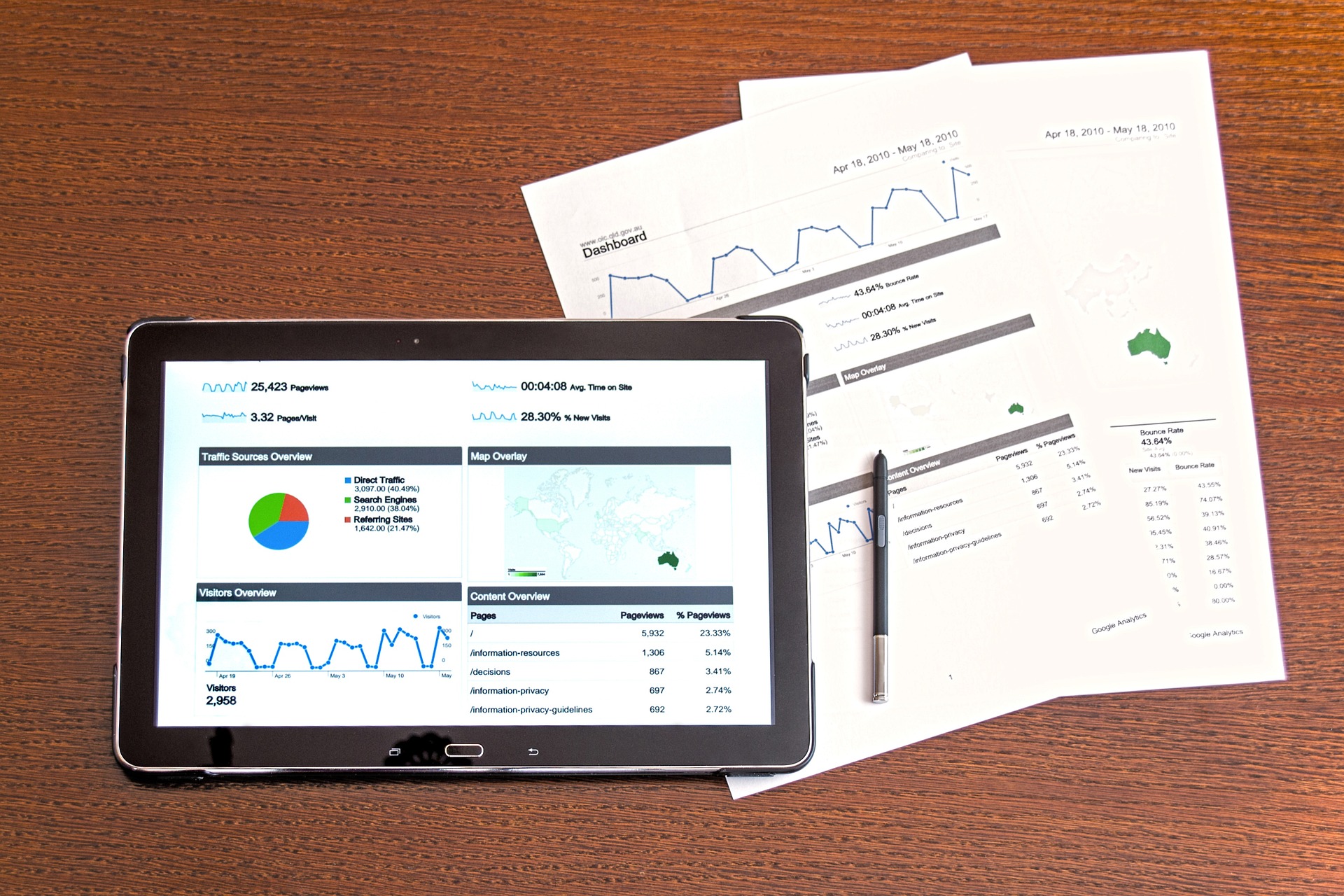How to Assess the Creditworthiness of a Customer
When you send your customers an invoice, do you trust that they’ll pay the full amount on time? That’s not a rhetorical question — having the answer is essential for running a business. Knowing how to determine creditworthiness of a customer before allowing an individual to make a purchase is critical to maintaining a healthy bottom line.
What Is Creditworthiness?
When a business or individual customer seeks a line of credit, you need to find out whether they can:
- Pay the full amount of an invoice
- Pay on time
- Pay according to your terms
While this is a simple list, it refines the essence of what makes an institution/client “creditworthy.” You need to know that your customers will get you the money they owe. Digging deeper, the steps for how to assess creditworthiness of customers are more involved and can vary slightly from industry to industry.
Using the 5 Cs to Assess the Creditworthiness of a Customer
When evaluating potential business customers, you may rely on reputation and personal impressions to suss out a customer’s creditworthiness. If you’re looking for concrete answers to the question of how to determine creditworthiness of a customer or a business, the traditional way is by using the 5 Cs of credit.
1. Character
You’ll need to find payment records, credit scores, and their legal history, among other factors that help paint the picture of their trustworthiness. If you were forced to search for only one guiding metric to determine character, it would be their credit history.
2. Capital
How much does your potential customer have in assets and total funds? You want to see that their business is growing rather than shrinking. Remember that different industries have different needs, and some don’t need much capital while others require more than average. This is where a smart credit manager can scrutinize a company based on the proper criteria.
3. Capacity
Research your potential customer’s cash flow. If they have poor cash flow and many debts already, you may not want to extend them credit. This is why having solid upfront credit terms is essential. You’re protected because you’ve eliminated potential problem customers before they ever make a purchase.
One of the best ways to find a customer’s capacity to pay is by seeking their financial information, though you can turn to business credit reports if that’s too difficult.
4. Charge-Offs (and Other Red Flags)
Does your potential customer have any charge-offs listed on their credit? Even if the answer is no, there are other elements that indicate potential risk. Many creditors utilize reports from Moody’s Analytics Pulse to catch things that aren’t covered by traditional commercial credit bureaus. For example, looking at changes in a business’ operational spend can highlight trends that are useful to determining creditworthiness.
5. Conditions
The economic downturn (thanks largely to the pandemic) hurt many industries, but they’re still pushing forward. Myriad factors can affect an economy, including company location, type of industry, current political climate, and more. Businesses in volatile states tend to not do well.
Factors to Consider When Determining Creditworthiness
1. Assess the Prospect’s DTI
If possible, you will also want to determine your customer’s cash flow. Find out how they’re spending their money so you can put the appropriate metrics in the debt-to-income (DTI) ratio. The formula for finding the ratio is:
DTI Ratio = Total of Monthly Debt Payments/Gross Monthly Income
This will give you a more complete view of their ability to pay, in addition to some essential tasks. How much is a business spending to eliminate its debts? The DTI is an excellent way to calculate the amount of monthly income a business spends on repaying its debts. This lets you determine their risk quickly and easily.
2. Ensure You Have Complete Data
Having adequate data is essential when learning how to assess the creditworthiness of a company; you should always have insight into who a client is before giving them credit. If you find a new customer has missing or incorrect data, try utilizing tools like the free Business Directory from Moody’s Analytics Pulse to fill in the gaps.
3. Request a Reference
Reaching out to those that have provided credit to this customer before can give you an idea of how creditworthy they are. This step can be time-consuming, and prospects may omit companies who they didn’t pay on time. To get a more accurate view of their payment history, it is recommended to assess their credit report for credit scores and average payment speeds. You can pull business credit reports on potential customers for a one-time fee in the Moody’s Analytics Pulse portal.
4. Monitor Their Credit
Running an initial credit report is an obvious step in the creditworthiness assessment process. However, credit reports may not reflect real-time updates. Combining traditional credit reports with tools that can monitor credit changes and update you as soon as they happen is the safest approach.
5. Remember, You’re Building Relationships
Customers are entering into a relationship with you. While it is necessary to check into your potential customers’ creditworthiness, you want to encourage customers to continue purchasing from you. This is why it’s so important to spell out credit terms clearly — that way customers will know what to expect.
Find the Information You Need with Moody’s Analytics Pulse
Moody’s Analytics Pulse has a vast store of data ready to be used. You can access customer credit and payment scores and monitor accounts for risk factors. You can review portfolios and changes and stay up to date, getting fresh credit reports ready for download. Contact us today to find out how we can transform your business.





